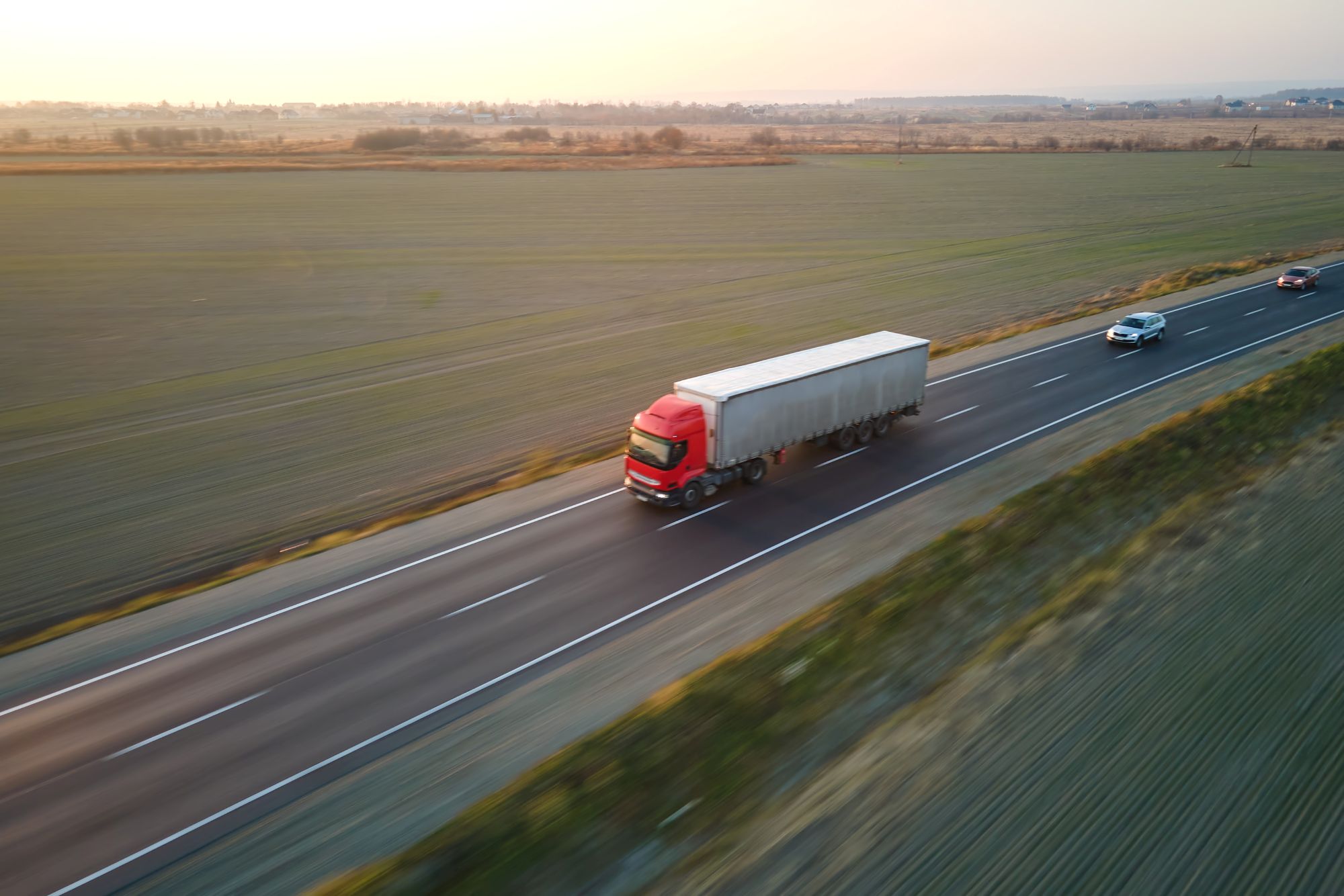
Susie Jones
Chauffeursgroei in het verschiet: Alles wat je moet weten over de veranderingen in het leerlingwezen
Gemaakt: 25-03-2025
•
Bijgewerkt: 25-03-2025
Stages in de logistieke sector bieden jongeren en carrièrewisselaars al lang de mogelijkheid om ervaring op te doen in de sector en toch een salaris te verdienen.
De sector roept echter al lange tijd op tot dringende hervormingen nadat het aantal stageplaatsen sinds de invoering van de Leerlinggebonden Heffing en andere uitdagende factoren was gedaald. Een zorgwekkende trend is dat de sector volgens de RHA de komende vijf jaar 200.000 nieuwe vrachtwagenchauffeurs nodig zal hebben om aan de vraag te voldoen en de groei te ondersteunen.
In februari 2025 kondigde de regering wijzigingen aan in het leerlingstelsel, waardoor tot 10.000 meer leerlingen zich jaarlijks kunnen kwalificeren. We kijken naar de belangrijkste veranderingen en wat dit betekent voor de sector.
Wat zijn de veranderingen?
Bedrijven zullen kunnen beslissen of volwassen leerlingen ouder dan 19 jaar Engels en wiskunde van niveau 2 (gelijkwaardig aan GCSE) moeten behalen om te slagen voor hun leerlingschap (Met onmiddellijke ingang).
De duur van een stage is teruggebracht van 12 maanden naar 8 maanden (effectief vanaf augustus 2025).
Wat betekent dit voor de sector?
Het tekort aan bestuurders wegwerken** - Met een kortere leertijd kunnen wagenparkbedrijven nieuwe bestuurders en logistiek personeel snel opleiden, waardoor er meer arbeidskrachten beschikbaar zijn.
Flexibiliteit voor werkgevers** - Bedrijven hebben nu meer inspraak in het bepalen of Engelse en wiskundige kwalificaties nodig zijn - Een verandering die gunstig is voor de transportsector, waar praktische vaardigheden relevanter zijn.
Een grotere talentenpool voor vlootbedrijven - Door de opleidingseisen te veranderen, is er een barrière weggenomen voor veel potentiële leerlingen die in de sector aan de slag willen.
Inbreng van de industrie in vaardigheidstrainingen** - Skills England, een nieuw overheidsorgaan, zal bedrijven een sterkere stem geven in het vormgeven van normen en financiering voor leerlingschappen. Vlootbeheerders zullen profiteren van meer op maat gemaakte trainingsprogramma's die voldoen aan de behoeften van de sector.
Het maakt de sector aantrekkelijker - Een kortere leertijd in combinatie met meer flexibiliteit voor de werkgever zal leiden tot een aantrekkelijker proces voor alle betrokkenen.

Hoe een leerling in dienst nemen?
Er zijn verschillende stappen die werkgevers moeten nemen om een leerling in dienst te nemen, en de stappen verschillen per land. Deze richtlijnen zijn voor werkgevers in Engeland - richtlijnen voor andere landen in het VK kunnen hier. gevonden worden.
Kies een stage](https://findapprenticeshiptraining.apprenticeships.education.gov.uk/) voor uw bedrijf.
Zoek een organisatie die opleidingen aanbiedt voor deze stage.
Ga na welke financiering je kunt krijgen.
Maak een account aan ](https://www.gov.uk/employing-an-apprentice/create-an-account)om financiering te beheren en leerlingen te werven.
[Maak reclame voor je stage] (https://www.gov.uk/guidance/creating-an-apprenticeship-advert)
Maak een [overeenkomst en opleidingsplan] (https://www.gov.uk/employing-an-apprentice/apprenticeship-agreement) met je gekozen leerling.
Welke voordelen bieden leercontracten voor vlootbedrijven?
Het in dienst nemen van leerlingen biedt vlootbedrijven een kosteneffectieve manier om geschoold personeel op te leiden. Overheidssubsidies voor stageprogramma's kunnen de opleidingskosten verlagen, waardoor het een levensvatbare langetermijninvestering is voor wagenparkbeheerders. Bedrijven kunnen profiteren van nieuwe werknemers die frisse energie op de werkplek brengen en die graag willen leren.
Wat zijn de voordelen van een stage in de transportsector?
Stages in de transportsector bieden de mogelijkheid om te verdienen terwijl je waardevolle vaardigheden opdoet in logistiek, voertuigbediening en veiligheidsvoorschriften. Momenteel is er in de sector vraag naar bekwame chauffeurs en leerlingen krijgen goede carrièremogelijkheden.



